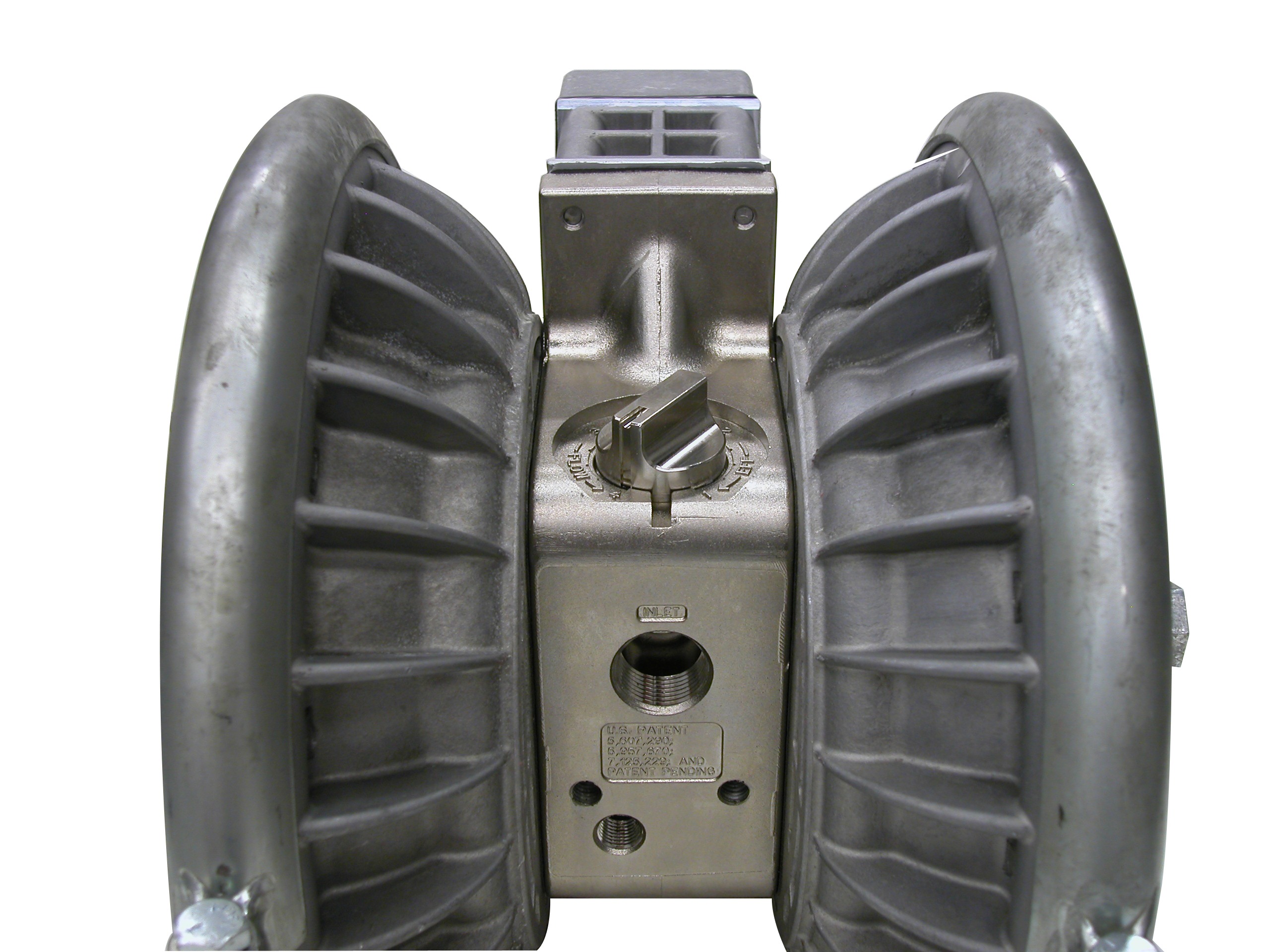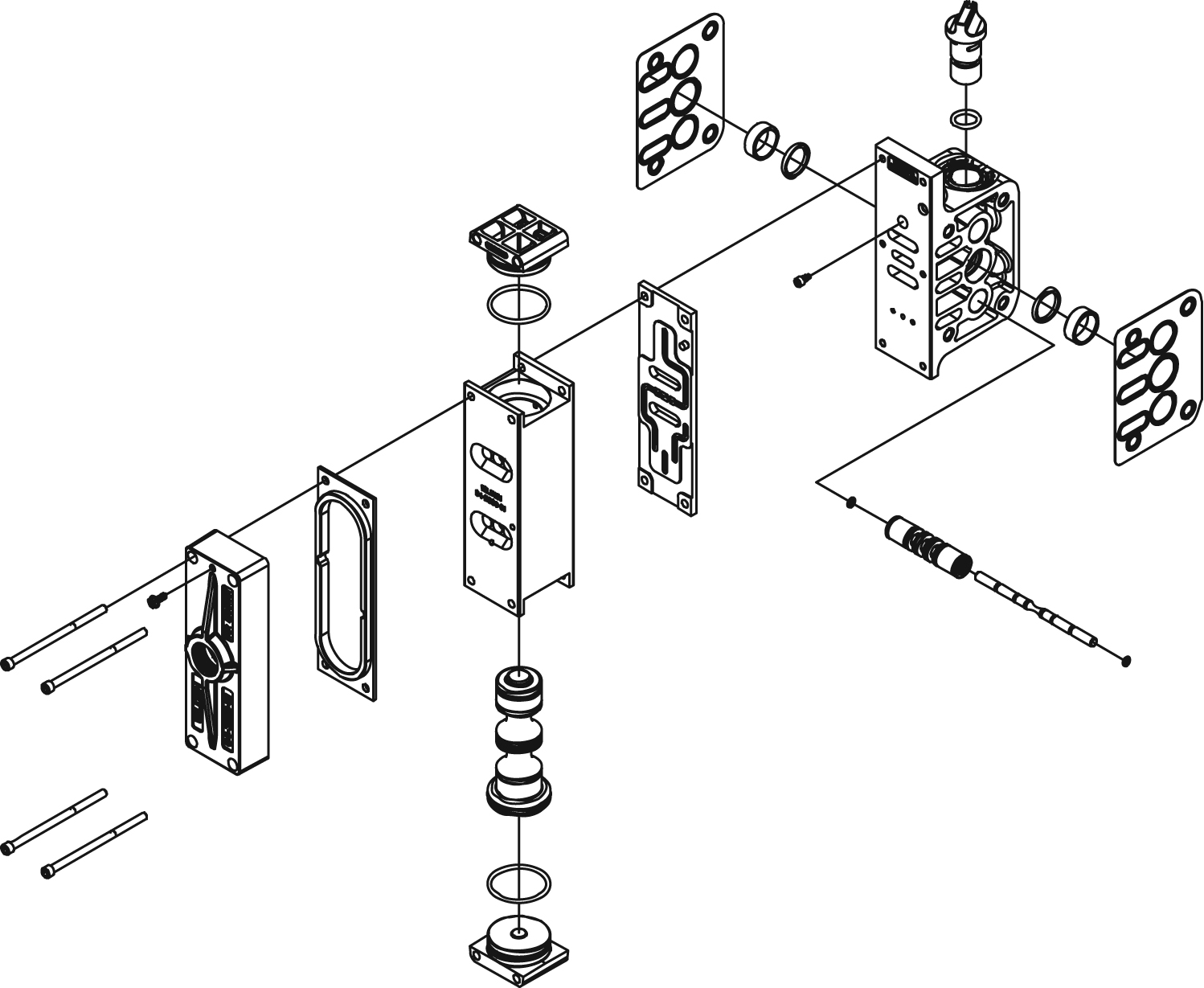Maximize energy efficiency by identifying the pumps’ optimal flow rate and air consumption.
 Operating a manufacturing plant in which fluids of varying viscosities need to be transferred from one point to another has become a delicate balancing act. Production rates must be maintained to meet quotas and keep end users happy. Also, energy costs must be kept at a manageable level to streamline expenses and maximize the bottom line.
Operating a manufacturing plant in which fluids of varying viscosities need to be transferred from one point to another has become a delicate balancing act. Production rates must be maintained to meet quotas and keep end users happy. Also, energy costs must be kept at a manageable level to streamline expenses and maximize the bottom line.
Fortunately for plant managers, through the years, pump manufacturers have continued to reassess the performance of their technologies and have developed incremental improvements that, if used properly, can reliably marry the desired production rate with the requisite energy efficiency. For nearly 60 years, air-operated double-diaphragm (AODD) pump technology has been one that plant managers can turn to when confronting the conflicting demands of their operations.
AODD pumps are reciprocating, positive-displacement pumps that are driven by compressed air. Therefore, the foundation of an AODD pump’s operation is knowing that the proper amount of air is being used to deliver the required flow rate for the fluid being transferred.
Since their invention, most AODD pump designs have included an air distribution system (ADS) that has been designed to govern the amount of air that is delivered to operate the pump effectively and efficiently and to the unique standards of every fluid-transfer operation, whether the fluid being moved is water or more viscous substances, such as slurries or cement.
How do plant operators know that they are using AODD pumps with ADS technology to their utmost benefit? This article examines the ways that plant operators can ensure that they are finding the pump performance “sweet spot” that helps ensure that energy efficiency and cost-effectiveness are at optimal levels.

Flow Rate and Air Delivery Assessment—Time Well Spent
The most basic consideration for plant operators when assessing their pumps is whether the pumps are working and if they can deliver the product flow rates that the application requires.
These considerations allow the operator to comfortably take an “out of sight, out of mind” attitude regarding the operation of the plant’s pumps.
If his becomes the facility’s de facto position, the operators may be missing a vital opportunity to further improve the pump’s operational performance and, by extension, their plants’ energy efficiency and cost effectiveness.
Too many operators will install a new AODD pump that features an ADS without changing the factory settings so that they meet the pumping system’s unique operational parameters. Since each fluid-transfer operation is its own individual entity that depends on a number of variables, this way of thinking will not result in maximized pump operation.
The next overarching challenge is to convince plant operators that the time required to determine the best flow rate and the proper amount of air to deliver that flow rate will be well spent. This can be problematic, however, because many plant operators will immediately know an application’s flow rate, but they often do not have a reliable way to measure air consumption.
This means that they will need to conduct air tests to determine the amount of air that is being consumed at a specific flow rate. This can be a time-consuming process, but the ultimate payoff will be realized in the reduced cost to operate a more efficient pump.
Air Control for Optimized Performance
The earliest ADS systems operated most efficiently when the pump’s inlet and discharge pressures were adjusted to meet the flow requirements at the point where the least amount of air was required. Therefore, an optimal system would tune the air pressure and air flow while maintaining the expected fluid flow rate. Again, this means finding the sweet spot in the pump’s performance curve.
This would mean changing the port dimensions and the corresponding air flow into the pump, in the process governing the amount of air that will be allowed to enter it during operation. Generally, larger air inlet ports maximize fluid flow rates while smaller air inlet ports increase efficiency.
The result is optimized pump performance that delivers both required production rates and cost-effective operation. In addition, mechanical fatigue will be reduced because the pump is operating at its most efficient point more often. The mean time between repairs will be extended, and the result will be cost savings.
Efficiency Management System
A control solution has made its way to the pump industry. In recent years, a pump manufacturer has worked to improve air usage with a management system for efficiency that can be added to many AODD pumps. This efficiency management system (EMS) allows end users to interactively select (via a variable control dial) the proper flow rate and air volume for a given application.
This process optimizes both production and air usage. This dial features settings from 1 to 4 with a maximum flow rate realized at setting 4 and maximum efficiency, air consumption, found at setting 1.
An ADS with an EMS allows the operator to adjust the amount of air that flows into the pump, with the idea that when the air flow into the pump is collaborated with the required flow rate, the pump will operate consistently at its most efficient point—resulting in that best-of-both-worlds condition in which both flow and energy use are optimized.
This EMS was designed with simplicity of operation in mind and with an eye toward reduced maintenance costs and their associated headaches. While some ADS models can contain as many as 103 parts, this system has just 34 parts, allowing for a more streamlined troubleshooting and maintenance process.
The Goal of Optimization
In these days of shrinking budgets and under-threat bottom lines, finding the most efficient way to run a manufacturing operation is important. One way that savvy facility managers are accomplishing this is through the use of AODD pumps that feature optimized ADS systems.
The best system can only operate at its utmost efficiency if the operator is willing to take the time to find the sweet spot in its operational curve. With this in mind, the simplest, most effective way for plant operators to find the perfect marriage between optimal flow rate and the most efficient use of air in their AODD pumps is to embrace and use the most beneficial features of their ADS technology.


